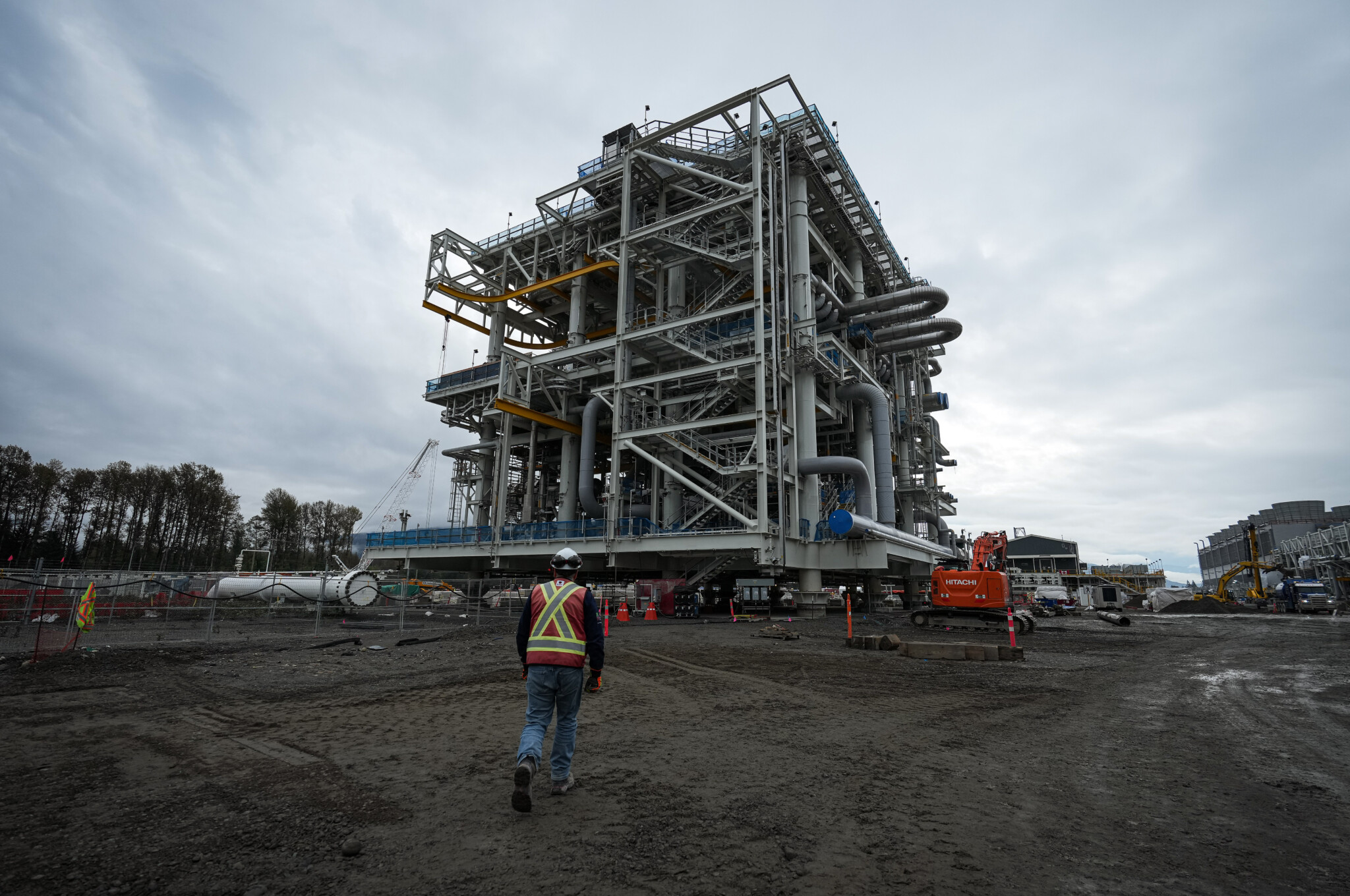Between October 2020 and May 2024, Canada’s construction, manufacturing, and utilities sectors experienced labour shortages averaging more than 129,000 employees per year—nearly 50,000 more vacancies than the average between 2017 and 2020.
Since 2017, labour demand in Canada’s construction, manufacturing, and utilities sectors—much of which involve skilled trades—has trended upwards each year. Labour demand is a measure of the total of an industry's employed workers and its unfilled jobs. For instance, between 2017 and 2023, “peak season” (July to December) demand for construction, manufacturing, and utilities workers rose by 260,326, from 2.79 million to more than 3 million (9.3 percent).
Demand for workers in general, and skilled tradespeople in particular, spiked with the end of the pandemic and the economies of the world reopening, Bill Ferreira, executive director of the construction industry group Build Force Canada, told The Hub.
“The number of major projects under construction across Canada—from utilities in British Columbia, pipelines in B.C. and Alberta, public transit and manufacturing in Ontario, to health-care projects in nearly every province—underscored the strong demand for labour, particularly in residential construction,” he said. Residential construction, in particular, was supported by low interest rates and national housing demand, he added.
During this period, the number of construction, manufacturing and utilities workers failed to keep pace with growing demand.
Between the peak seasons of 2017 and 2023, actual employment in those sectors rose by 225,947 from 2.7 million to 2.9 million. In 2023, the number of job vacancies—the difference between the sectors’ labour demand and the number of people working in it—in the peak season averaged approximately 107,600. The average vacancy rate in 2017’s peak season was about 73,300.
Another way to understand these trends is to compare vacancies in construction, manufacturing, and utilities before and after the pandemic. Between October 2020 and May 2024, the average number of vacancies in the sectors was 129,520. That’s 49,400 more vacancies than the average between January 2017 and March 2020.
Because of these vacancies, in 2022 over 60 percent of Canadian manufacturers were forced to lose or turn down contracts, resulting in the manufacturing sector losing $13 billion, according to Canadian Manufacturers and Exporters.
From their improved bargaining position, construction workers’ average wages have risen, while the average length of employment before finding more competitively waged work has fallen, both relative to the whole economy, according to a 2023 report from CIBC.
Construction labour’s rising scarcity and the resulting cost is a key challenge in meeting the federal government’s goal of building 22 million housing units by 2030, which is required to make Canadian housing more affordable according to the Canada Mortgage and Housing Corporation. Canada is now on track to build just 18.2 million units by 2030, down from the 18.6 million predicted in 2022.
Of the years between 2017 and 2024, 2022 had, on average, the largest number of vacancies—162,367 workers—in the construction, manufacturing, and utilities sectors. In 2023, the average number of vacancies declined to 118,278 as demand slowed and the labour supply grew.
Between 2022 and 2023, construction, manufacturing, and utilities demand grew only about 11,000, while the supply of workers grew by about 55,700. The vacancy rate in 2023 therefore declined.
In April 2022, the vacancy rate in the construction, manufacturing, and utilities sectors peaked at 6.55 percent. Last December, the rate was back down to 2.57 percent, its lowest since December 2019.
“Rising interest rates have significantly cooled demand for new housing, as well as the home renovation market,” Ferreria explained for 2023’s relatively cool growth in labour demand, allowing workers to catch up somewhat and the rate of vacancy relative to demand to fall.
The completion or near-completion of major projects like the Trans Mountain Expansion, Coastal GasLink, Site C Hydro Development, and LNG Canada—each in British Columbia—and the Gordie Howe Bridge in Ontario, as well as post-pandemic federal programs to increase the number of tradespeople, have likewise eased demand and boosted employment in construction’s non-residential workforce, said Ferreria.
“To improve the current situation and ensure that the construction industry can continue to keep pace with rising demands across Canada, ongoing industry career promotion is essential. There must also be a continued focus on broadening traditional recruitment efforts to include individuals from under-represented groups in the construction workforce,” he said.
“Additionally, faster methods of recognizing the foreign credentials of newcomers, such as competency-based recognition assessments consistent with prevailing Canadian Red Seal standards, and improved pathways for newcomers with skilled trades experience to immigrate to Canada, will be required for the foreseeable future.”









